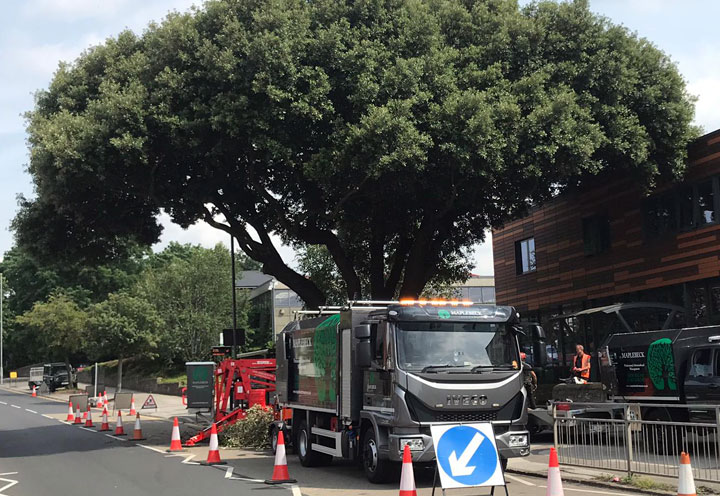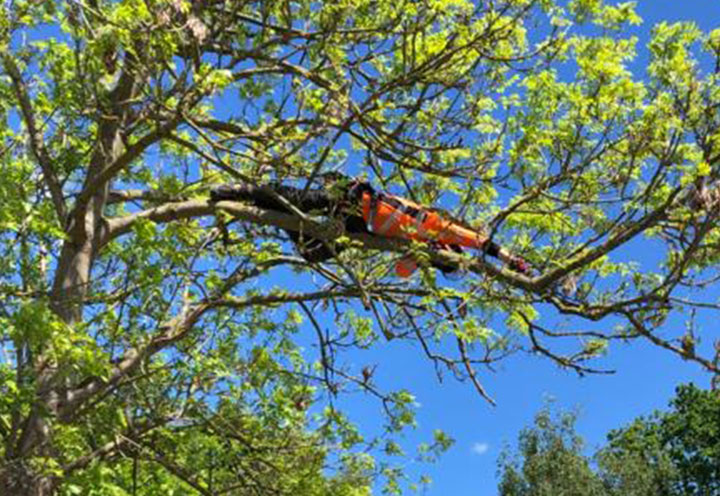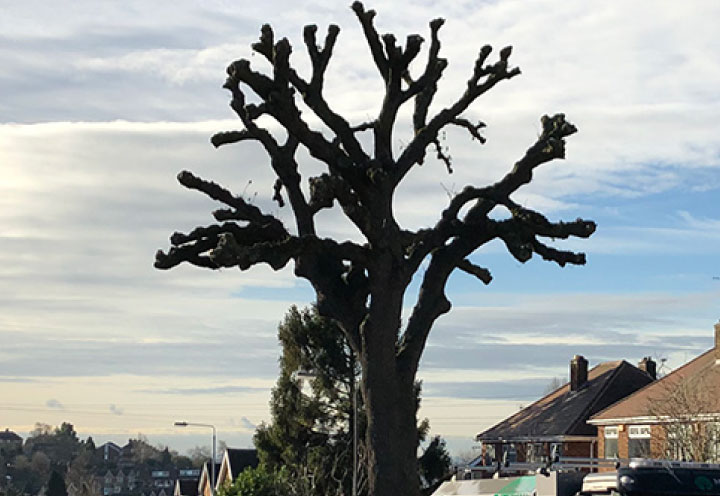Crown Thinning
Tree Crown Thinning Service
Crown thinning is achieved by selectively removing secondary and/or tertiary branches within the canopy, this can reduce the sail area, while not necessarily having much effect on the overall shape and size of the crown. Crown thinning is a pruning technique used primarily on broadleaf trees. The most common reason for why this practice is carried out, is for increased light penetration and air.
A thirty percent crown reduction retains enough photosynthetic area for healthy growth and the maintenance of defences against dysfunction and decay in the wood. This limit is however, a very arbitrary value, due to the great variability amongst tree species in their capacity to tolerate various cutting treatments.
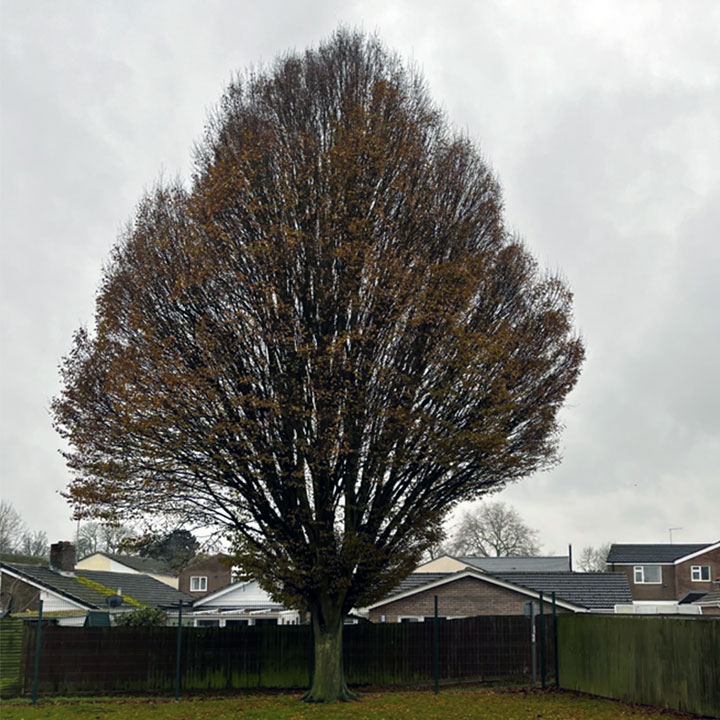
Crown Thinning Before
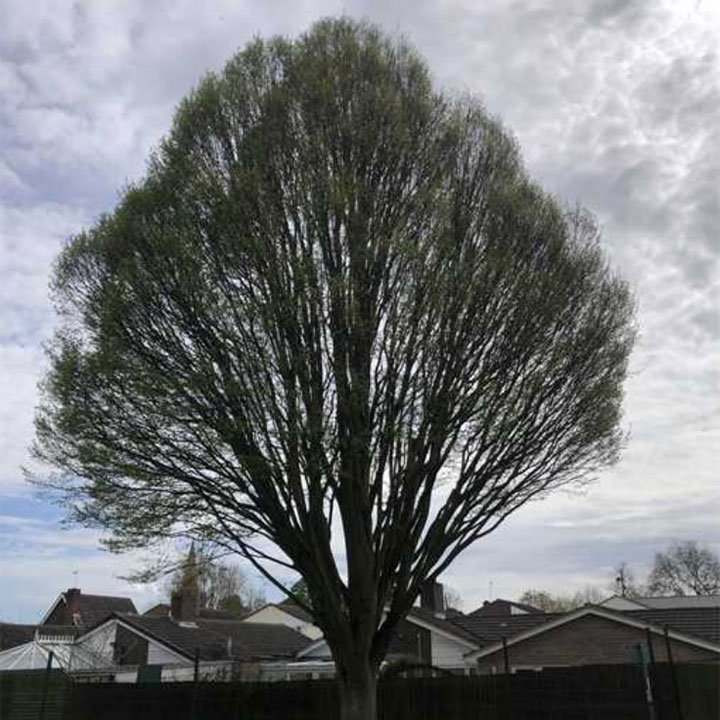
Crown Thinning After
If Crown Thinning is undertaken by a competent Arborist (Tree Operative) the exercise is fairly time consuming because the climber will not confine himself / herself to the inner part of the crown because you should go out to the extremity of branches in order to proportionally thin the tree.
Crown thinning, can have undesirable effects if carried out badly or to excess. Excessive opening up of the crown structure may expose individual branches to increased wind penetration and turbulence, increasing the chances of branch failure. This is a particular problem when the inner and lower parts of the crown are heavily thinned, while the outer and higher parts are left densely foliated (lions tailing).
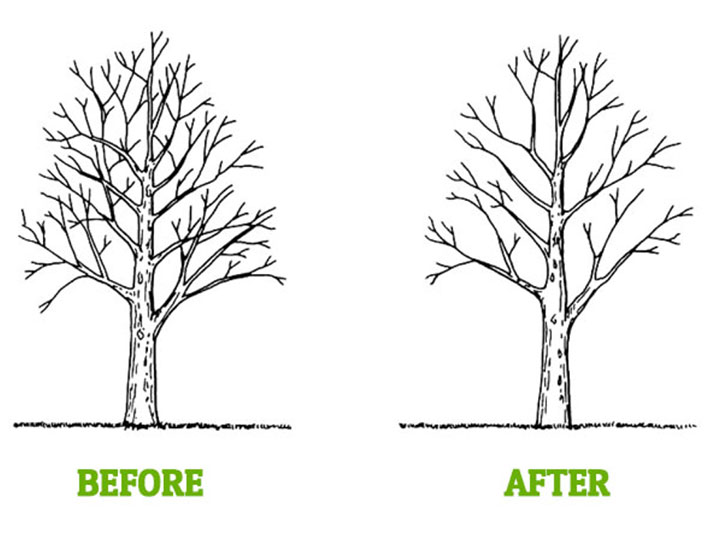
Certain species naturally develop dense inner crowns which can look undesirable aesthetically.

